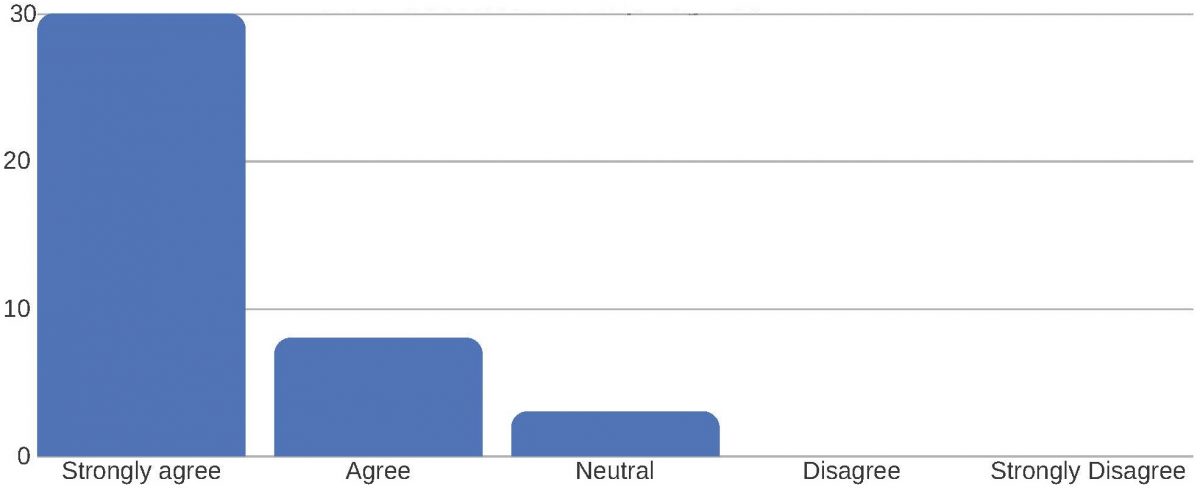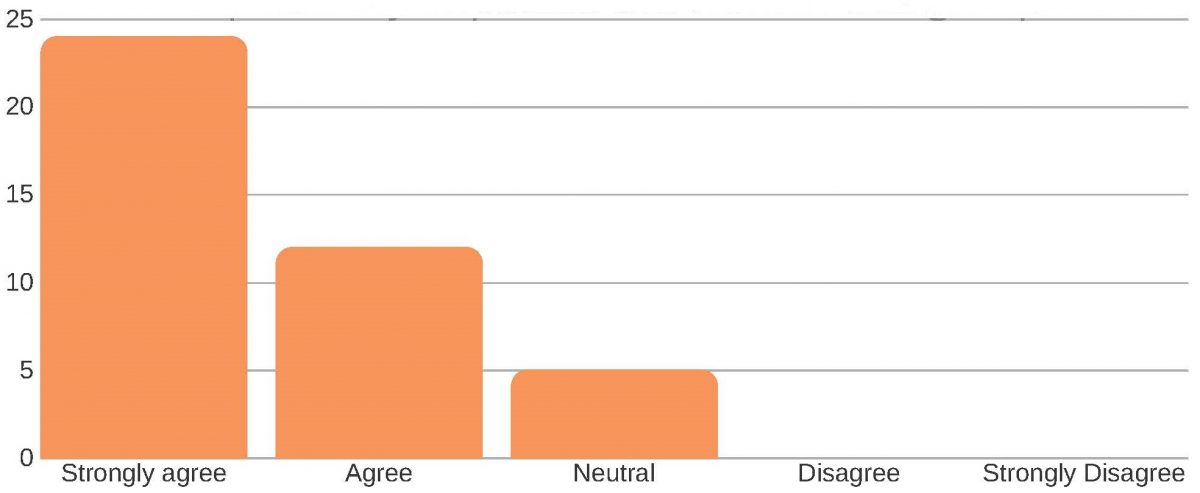Network Success Story
Patient- and Family-Centered Care is an “innovative approach to the planning, delivery,
and evaluation of health care that is grounded in mutually beneficial partnerships among
health care, patients, families, and providers.” (Institute for Patient- and Family- Centered
Care). Adherence to a patient- and family-centered care approach essentially shifts the
health care model away from the practice of doing “to” or “for” patients and their family
and towards an approach of shared ownership and decision making “with” patients and
families. Engaging patients and families to work as collaborators around a broad range of
health care planning and decision making is an essential first step in the journey towards
patient- and family-centered care. Patient/family advisors bring valuable wisdom, advice,
and experiences that can be used to improve the delivery, quality, and safety of health
care. The University of Vermont Medical Center embraced Patient- and Family-Centered
Care in 2014 and has been working to shift the culture.
Key Drivers
- The participation of patient/family advisors is critical as we pursue the goal of having patients, family members and staff work in mutually beneficial partnership to identify, plan, implement and evaluate systems and practice changes that positively impact both the patients and families, and the employees who care for them.
- One of our primary foci in advancing patient- and family-centered care has been to recruit and engage patient/family advisors and to assign these volunteers to projects, committees and work-groups where they represent the patient/family voice and perspective.
Actions Taken
- Engaged in an active recruitment campaign to identify prospective patient/family advisors through web/social media presence, on-hold messaging, staff recommendations and other avenues.
- Onboarded prospective advisors as volunteers and provided role-specific training to prepare them to partner in a variety of settings across the organization.
- Maintained an active roster for more than 165 patient/families advisors working in active partnership on committees, projects and Patient and Family Advisory Councils.
- Continually assessed the perceptions of partnership from both the advisor and employee perspective to assure that both advisors and the employees that they partner with feel that the participation is a meaningful and valuable use of time.

Patient & Family Advisors and Employee Perception Results
It is/was worthwhile to include an advisor as a member of this committee/project team

The presence and participation of patient/family advisors positively impacted the work of this group

Lessons Learned
Patient/family advisors bring a unique and valued perspective.
Patient/family advisors bring a unique and valued perspective. “The advisors provide a viewpoint that is different, unique and the reason we are doing the work we do. They pointed out blind spots, noted additional ways to approach an issue and corrected some misconceptions.”
Partnership takes time, but the reward is worth it.
Adding patient/family advisors to our project and Quality Improvement committees is absolutely the right thing to do. I have been on several committees where we have added a patient advisor as a team member. While some team members feel apprehensive initially, all eventually became comfortable and felt value in adding another valuable perspective to our team.
Engage patient/family advisors from the beginning of a process whenever possible.
Making sure to include them at the start of the team is worth it. I know many team members push back but afterwards, every single one really valued and appreciated the advisor being on-board.
